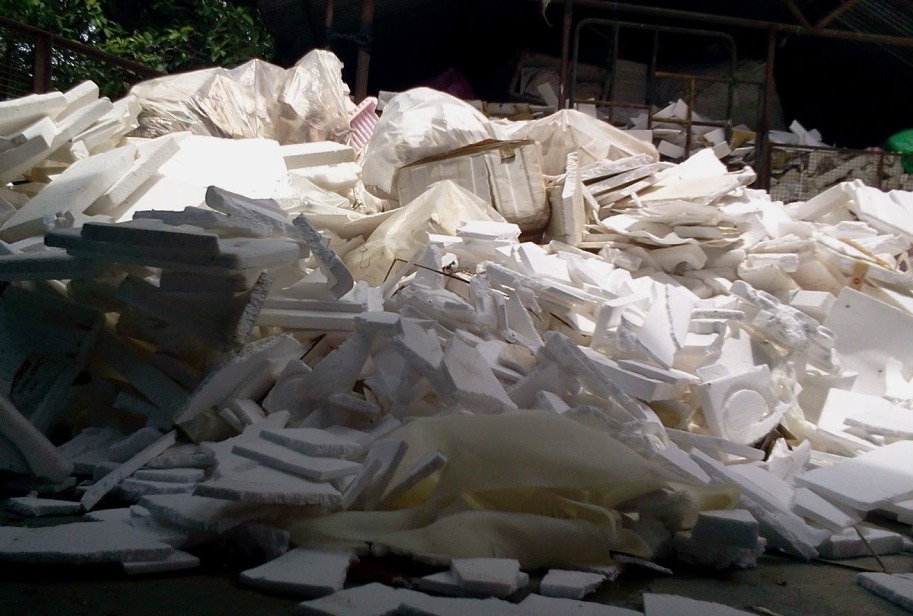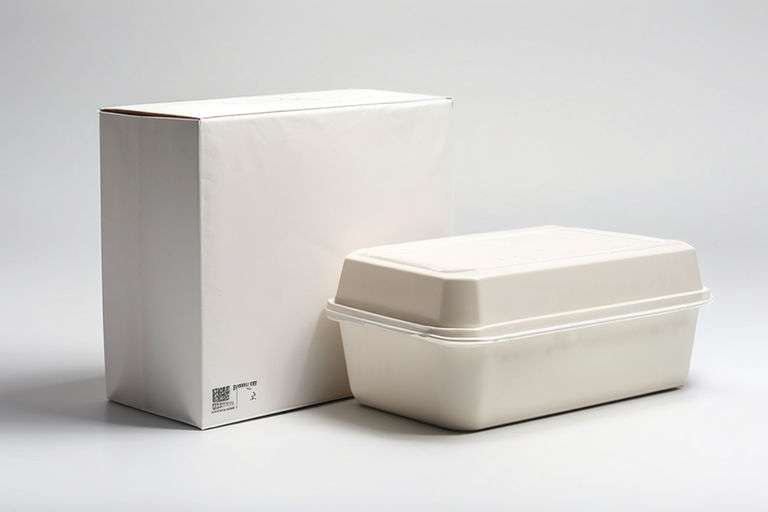
Thermocol, alternatively known as Styrofoam, is one of the widely used products at present today. From disposable cups and plates to packaging materials, Thermocol has innumerable applications and is increasingly becoming popular as it is lightweight, and has superb insulation properties, low manufacturing costs, and can be mass produced.
Thermocol are primarily utilized to manufacture disposable trays, cups, packaging materials, containers, etc. Thermocol are also used to make loose packaging products known as packing peanuts and insulation boards for floors, walls, and roofs in buildings. With so many uses the production and demand of thermocol is increasing at a faster pace.
However, many of us are unaware about its adverse effects on our environment and the toxic emissions it causes when incinerated. Thermocols are not environmentally friendly and they emit chloro fluro carbon (CFCs) when they are burnt.
Thermocol is manufactured from a petroleum-based plastic compound known as polystyrene.
Naturally decomposing thermocol is not as damaging to the environment as the incinerated ones. However, most thermocol do not decompose naturally and have to be burnt as part of waste management process. Upon burning, Styrofoam does not dissolve completely and leaves a molten residual matter. When cooled, the molten residue hardened and emits obnoxiously pungent vapors.
Recycling thermocol is also very difficult as it has a very complicated production process and it will cost more to recycle thermocol than to produce it. The best way to manage thermocol is by limiting its production and ensuring efficient management of thermocol wastes.
How the use of thermocol is bad for our environment.
1. It is a carcinogen
In 2002, the International Agency for Research on Cancer has showed that styrene may contain carcinogens and increase the risks of cancer in humans. In 2014, a report released by National Toxicological Program also classified styrene as a carcinogen and can cause lymphoma and leukemia cancer upon prolonged exposure.
2. It is non-biodegradable
Thermocol is non-biodegradable because it is photolysis resistant. Thermocol needs a very long time to degrade naturally in the environment. Hence, thermocol is burnt to reduce the waste but incinerating thermocol is more harmful than littering those in our environment.
3. It contaminates the food and drinks
Even though food and drinks are served on thermocol plates and cups, these actually contaminate the food and beverages and affect the health and the reproductive systems of humans. When food are reheated while they are still in thermocol container the harmful effect on humans’ health are exacerbated. The presence of styrene in thermocol plates and cups can also affect the health of regular users of these containers.
4. It affects the health of workers who work in thermocol manufacturing plants
Thermocol, more particularly styrene, adversely affects the health of the workers in the thermocol manufacturing units. The workers working for a prolonged period complain of eyes, skin, and respiratory tract irritation as well as gastrointestinal complications. Thermocol plant workers also complain of problems in liver, kidneys, respiratory, and nervous systems. It has been found responsible for natural abortions in pregnant women. Exposure to liquid styrene can result in burns.
5. Replete with pollutants
Thermocol is replete with several pollutants that pollute our environment and are toxic to the human health. Some of these pollutants include:
a) Hydrofluorocarbon: One of the major contributors to global warming, the use of hydroflurocarbon has been curtailed. However, it is still in use although it is increasingly replaced by pentane and carbon dioxide in the production of thermocol.
b) Benzene: Benzene is one of the major carcinogens and has been found to cause severe leukemia cancers in patients.
c) Dioxins: Dioxins are responsible for problems found in hormonal changes and immune levels and also affect the development of fetus.
[box title=”” border_width=”1″ border_style=”solid” align=”center”]This contribution comes from https://www.myprivatetutor.sg/[/box]








![Food Loss and Wastage around the World [Infographic] Thumb](https://thelocalbrand.com/wp-content/uploads/2015/10/Food-Loss-and-Wastage-around-the-World-Infographic-Thumb-150x150.jpg)





